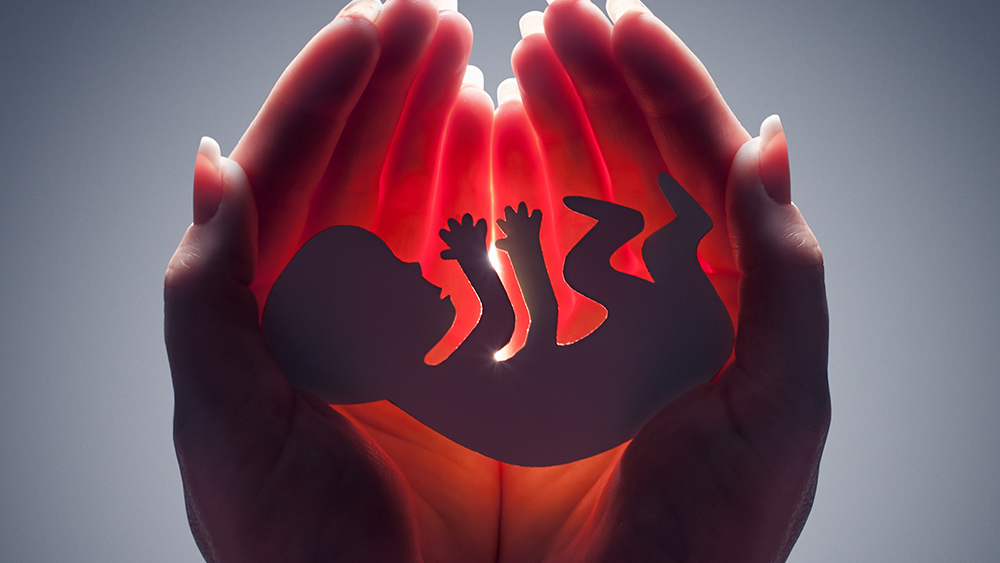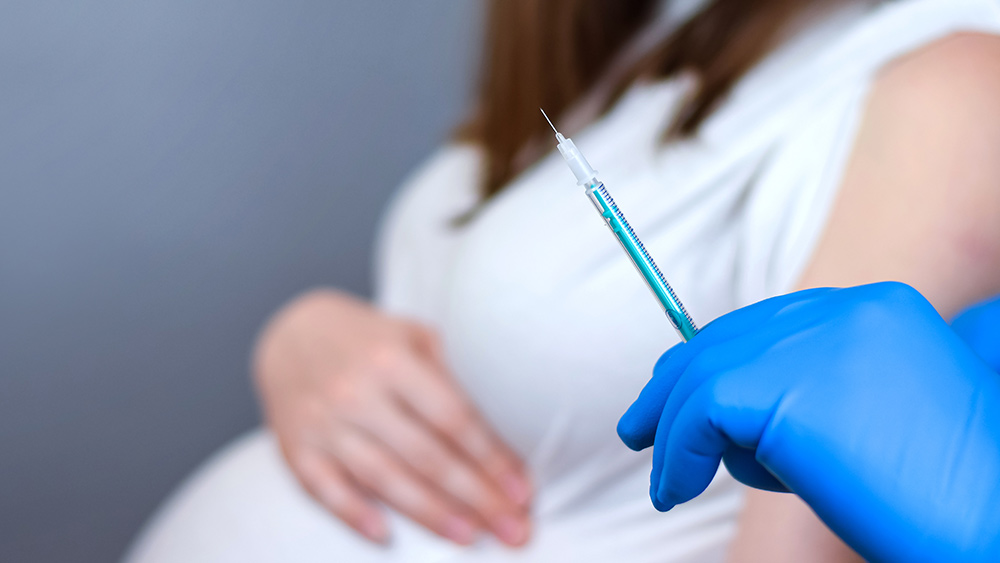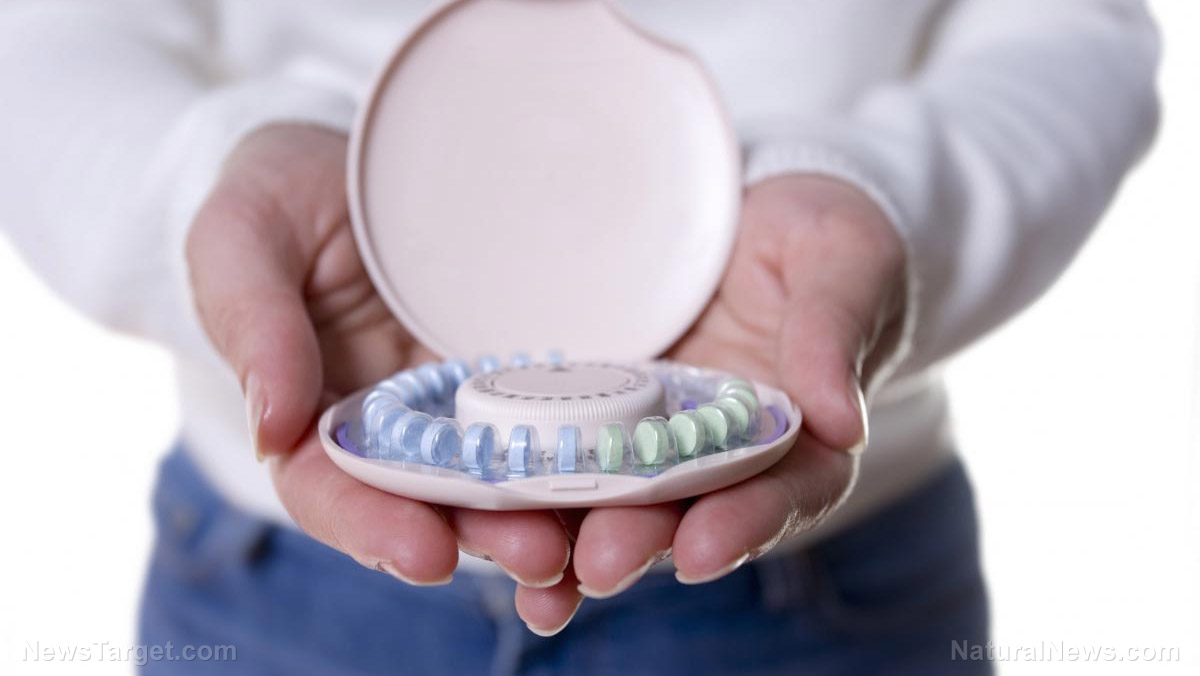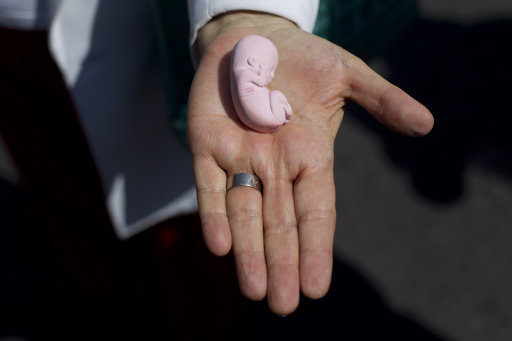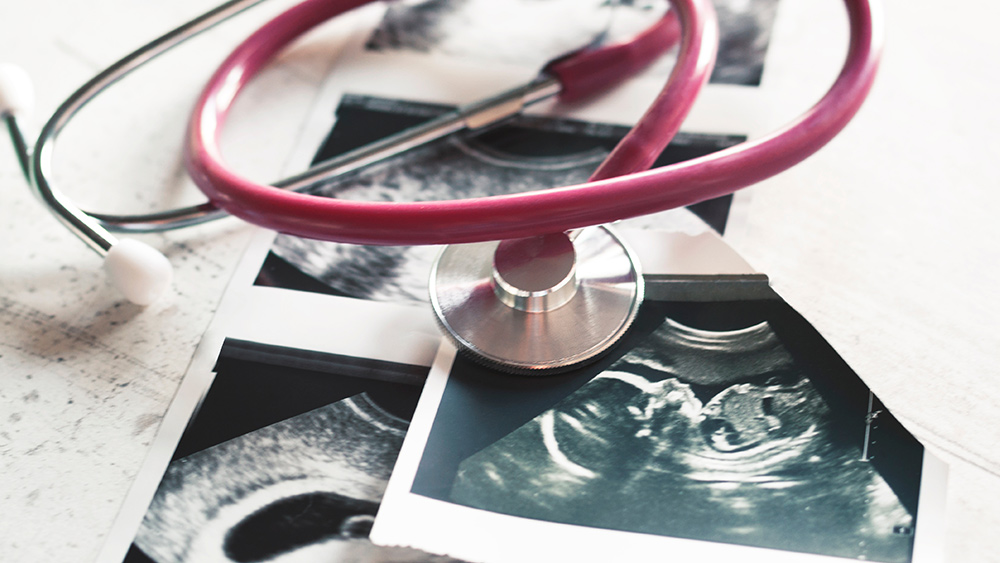ANALYSIS: 67% of maternity units in England are rated UNSAFE
12/28/2023 / By Zoey Sky

An analysis released last November revealed that 67 percent of maternity units in England are rated unsafe by the Care Quality Commission (CQC), indicating an increase from 55 percent a year ago. Additionally, the number of units receiving “inadequate” safety ratings has more than doubled from seven percent to 15 percent since September 2022.
A survey also showed that recent mothers are three times more likely to die in the United Kingdom than in Norway. This is according to a study published in the journal BMJ, which ranked the U.K. as the second lowest out of eight developed countries in maternal deaths.
A different study also revealed that mothers dying during or after pregnancy had increased by almost 20 percent in recent years, with 229 mothers dying during pregnancy or up to six weeks after birth between 2018 and 2020.
Professor Marian Knight, the lead author of the study and a professor of maternal and child population health at Oxford University, said the maternal mortality rates are “a barometer of health systems” and that “maternal mortality has gotten significantly worse.”
DIY abortions introduced during the pandemic
At-home or telemedicine abortion was introduced on March 30, 2020, as a temporary measure during the Wuhan coronavirus (COVID-19) pandemic. The U.K.’s Secretary of State for Health and Social Care Victoria Atkins approved two temporary measures to allow women to self-administer medical or chemical abortions at home without requiring an in-person meeting with a medical professional.
However, these DIY abortions put women at greater risk of physical and psychological dangers. The practice was also linked to coercion from abusive men.
The Society for the Protection of Unborn Children (SPUC) has warned that “the shocking state of maternity care” in the U.K. indicates a “broader indifference towards the health of women and their babies,” including the announcement of DIY abortion.
The SPUC warned that in the years since the “Pills by Post” policy was implemented, there has been increasing evidence of the risks it poses to women, along with the difficulties of regulating it.
The legal limit for most abortions is 24 weeks, but remote abortion at home is limited to 10 weeks’ gestation because the risk of incomplete abortion and the incidence of negative side effects increases with each week of gestation. A report published by SPUC showed that the risks for abortions over the 10-week limit include a need for surgical intervention in more than 50 percent of women who attempt DIY abortions after 13 weeks of pregnancy, according to one study.
Another study found that abortion through telemedicine after more than nine weeks of gestation is associated with a higher risk of having to return to the hospital after the procedure for adverse effects, with the risk increasing with gestational age. This same study found that the risk of needing surgical intervention was nearly 23 percent after nine weeks gestation and 12.5 percent for less than nine weeks.
A third study found that telemedicine abortions for pregnancies over 13 weeks have a less than 50 percent completion rate, with 45 percent of cases requiring surgical intervention. Taking abortion drugs at home is now the most common abortion procedure in the U.K., making up 52 percent of all abortions in 2021.
Data from National Health Service Trusts in England show that around 5.9 percent of women using medical abortion later require hospital treatment for complications arising from incomplete abortions.
This suggests that at least one in 20 women who try DIY abortions at home will experience dangerous complications because of incomplete abortions. The women will need medical help, usually at their local NHS hospital, or continue to suffer ongoing bleeding and risk infection.
DIY abortions are also linked to psychological effects. A medical abortion is an extended process that includes a degree and type of physical suffering that is very different from a surgical abortion. The former involves complications that are more frequent and completing the process at home is very different compared to a medical setting.
The SPUC report found that at least 590,000 women have self-managed their abortions at home since the beginning of 2019 across England and Wales.
Going through the process at home may result in more adverse psychological consequences, in part because a woman may be alone when she aborts and will also likely personally witness the baby that is expelled.
After a public consultation, the U.K. government announced that the policy would end in August 2022. Yet there are abortion providers who lobbied hard to make the measure permanent.
On March 30, Members of Parliament voted in favor of a Lords’ amendment to the Healthcare Bill to make the controversial “Pills by Post” scheme permanent. (Related: NO TO “ABORTION TRAFFICKING”: Lubbock County Commissioners Court approves anti-abortion transport ban.)
Watch the video below to about the Satanic Temple’s abortion clinic.
This video is from the Thrivetime Show channel on Brighteon.com.
More related stories:
Susan Swift condemns woke narrative that abortion is “healthcare” and “necessary to save women”.
Walgreens, CVS to sell ABORTION PILLS in states where abortion is still legal.
Biden attacks Trump on abortion, healthcare.
Sources include:
Submit a correction >>
Tagged Under:
aborted fetuses, abortion, culture wars, deception, DIY abortion, healthcare, infanticide, left cult, lies, maternity units, medical violence, pregnancy, propaganda, reproductive health, SPUC, United Kingdom, women's health
This article may contain statements that reflect the opinion of the author
RECENT NEWS & ARTICLES
COPYRIGHT © 2017 WOMENS HEALTH NEWS




